Thousands of new homes planned for Cork, but planning and infrastructure still holding projects back
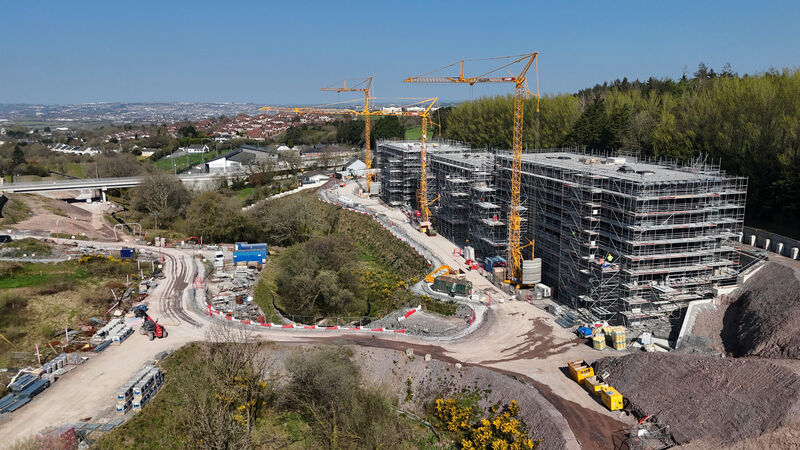
Cork is on the up. From the inner city to the expanding docklands, urban living is increasingly becoming the norm, with ambitious plans for over-the-shop living and the creation of a new neighbourhood overlooking Cork harbour bringing a new energy to the city.
But the changing landscape is not just confined to the city centre with more than 2,300 homes in the works from Blackrock to Shanakiel currently under construction in the outskirts.
Speaking on the breath of developments, Conor O’Connell, director of housing, planning and development at the Construction Industry Federation (CIF), said: “It's always good news to see new housing being built across Cork. But there are challenges that remain, the most significant of which is infrastructure.
“The reason were are not seeing the increase in supply that we need is because of a lack of infrastructure – water, wastewater treatment, electricity and access roads.”
In addition, the CIF director said Ireland’s planning system was also a barrier to new homes being built, warning that issues regarding road networks and infrastructure deficits have led to the refusal of many residential plans across the city and county.
However, Mr O’Connell noted that Cork has managed to retain those with specialised skill sets, with several private developers returning to the city and surrounding areas.
“Cork has a competitive advantage. The volume of developers we have down here is a great achievement, from the O’Flynn Group, Cfield, Bridgewater, O’Leary & O’Sullivan Developments, and others.
“No other region in Ireland has the levels of development that Cork has right now.”
Much of the focus of the development is on apartments. Some 99 apartments will be included in the Waterfall development, while almost 300 will be built in Blackrock by Glenveagh.
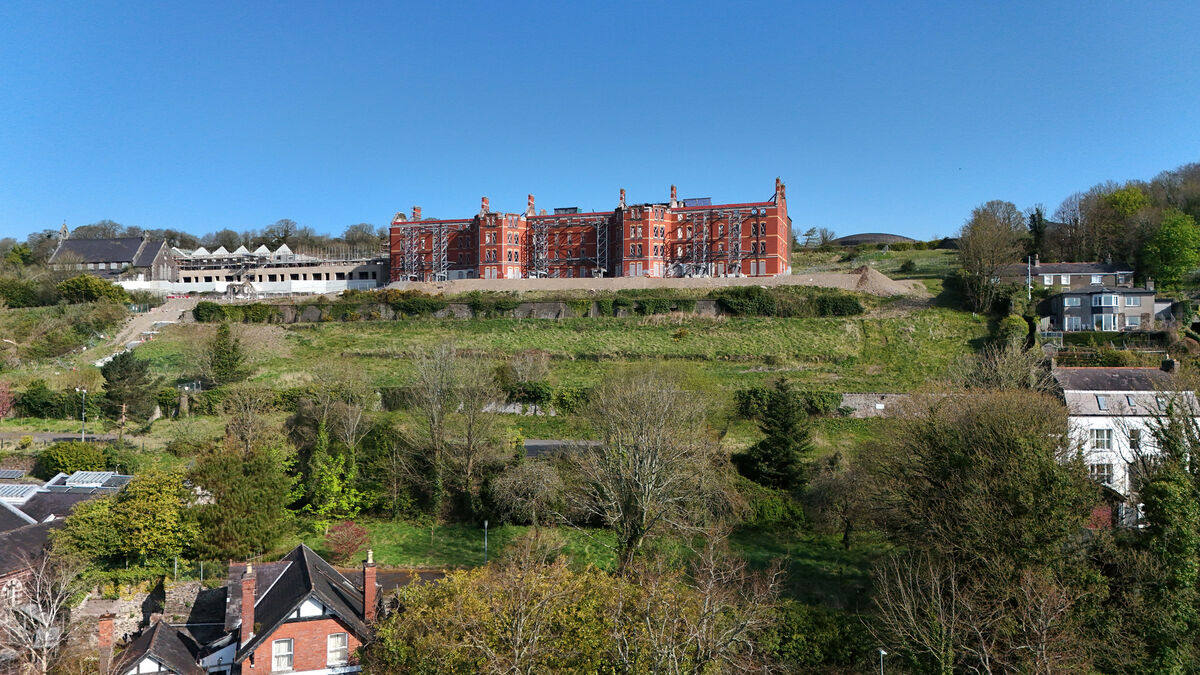
In Shanakiel, 220 of the 267 homes on the former St Kevins site will be apartments, with the vast majority of the LDA’s Wilton site comprising the same.
Of the more than 550 homes being built by the O’Flynn Group in Dunkettle, more than 150 of them will also be apartments.
But as Mr O’Connell notes, the building of all these is made possible by government intervention in some form or another. Without State support, the construction of apartments is rendered almost impossible.
“The only financing currently available for apartments is to rent them out. There currently isn’t a means to build them for sale. That is because they are simply too expensive to build.
“They’re very hard to bring to the market for sale. Own door units are far easier because there is because they can be built in phases. If issues arise when building houses, you can simply build less, you don’t have that luxury with apartments. It's all or nothing, which is considerably riskier.
“That’s why to build more apartments that can be put on the market, we need more international funding and support from foreign investors.”
While welcoming the developments that have got off the ground, Mr O’Connell notes that while it is needed, it is not enough.
“Looking at the figures from last year, Cork had about 3,500 units completed. We need that doubled.
“We need the correct infrastructure in place to do that. Take Ballyvolane, for example. Uisce Eireann invested massively in that area, and private developers were attracted to it, which is why we’re seeing such activity there.
“We need that all across Cork. Get the correct infrastructure in place and watch as the developers follow.”
Agents are hoping for renewed interest in a €2.6m parcel of land in Ballyvolane. The land, at Arderrow, is next to two unfolding schemes, by Longview Estates and the O’Flynn Group, which between them will deliver more than 1,000 homes.
It’s also close to the emerging preferred route for a new road, officially called the Cork Northern Distributor Multi-Modal Road (CNDMR), a 14km corridor which will start at Inchigaggin on the Carrigrohane Straight and cross to the north of the city, passing by Arderrow on its way to Glanmire.
Separately, €2m funding was recently announced for the Ballyvolane Strategic Transport Corridor, aimed at delivering enhanced facilities for all road users. It’s due to be developed this year.
Just this month, developer O’Flynn Group received the green light from Cork City Council for the first phase of a major new housing scheme to the east of the city.
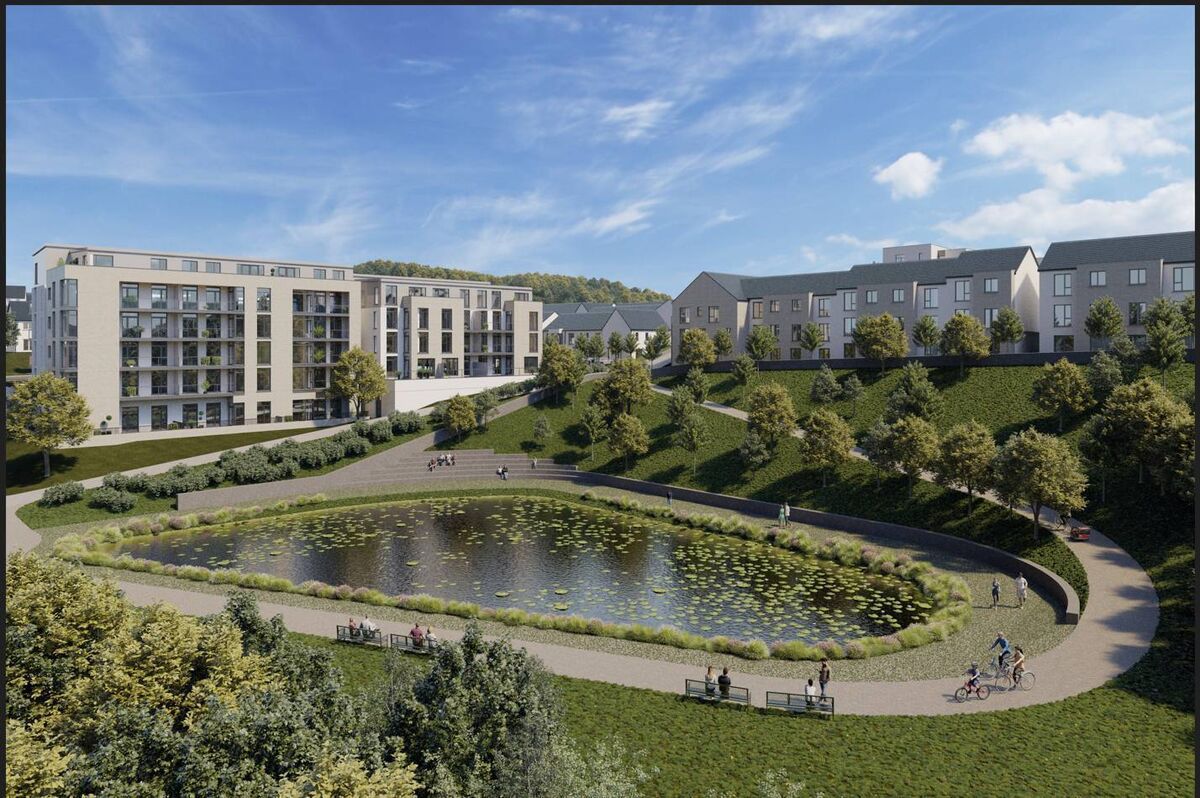
Lodged in November last year, the developer sought permission for a 550-home development just south-east of Glanmire on a site near the Dunkettle Interchange that it had owned since 2003.
The proposed scheme includes 394 homes in a mix of two, three and four-bed semi-detached or terraced units, and 156 apartment and duplex units in a mix of one and two-bed units in 10 blocks ranging in height from two to six storeys. A creche and neighbourhood centre were also proposed.
When the application was lodged, O’Flynn Group indicated this was just the first phase of a larger development, with plans being advanced for a further application for 500 more homes on the site.
O’Flynn Group said the development would also improve the wider area, with plans to extend the active travel network in Glanmire and Tivoli, enhancing connectivity to vital local amenities such as the greenway and cycleway, and supporting more sustainable modes of transport.
The approved plans will also complement the now-substantially completed nearby Ballinglanna development. Once completed, O’Flynn Group said Ballinglanna would provide more than 610 homes, including a mix of detached and semi-detached houses, townhouses, duplexes, apartments, and a village centre.
Just slightly further east, plans for a large-scale residential development were greenlit by Cork County Council in December for 172 new homes in Little Island.
Lodged by Ruden Homes Ltd, the development will comprise 146 new houses, along with six duplex units and 20 apartments. Furthermore, it proposed to build a creche with 49 childcare spaces and four commercial units on the site.
Currently in the compliance stage of the process, Ruden Homes confirmed it hopes to begin construction by the end of 2025, with hopes that it will be completed in around 24 months.
Meanwhile, on the other side of the city, 348 affordable homes have been planned for Wilton by the Land Development Agency (LDA).
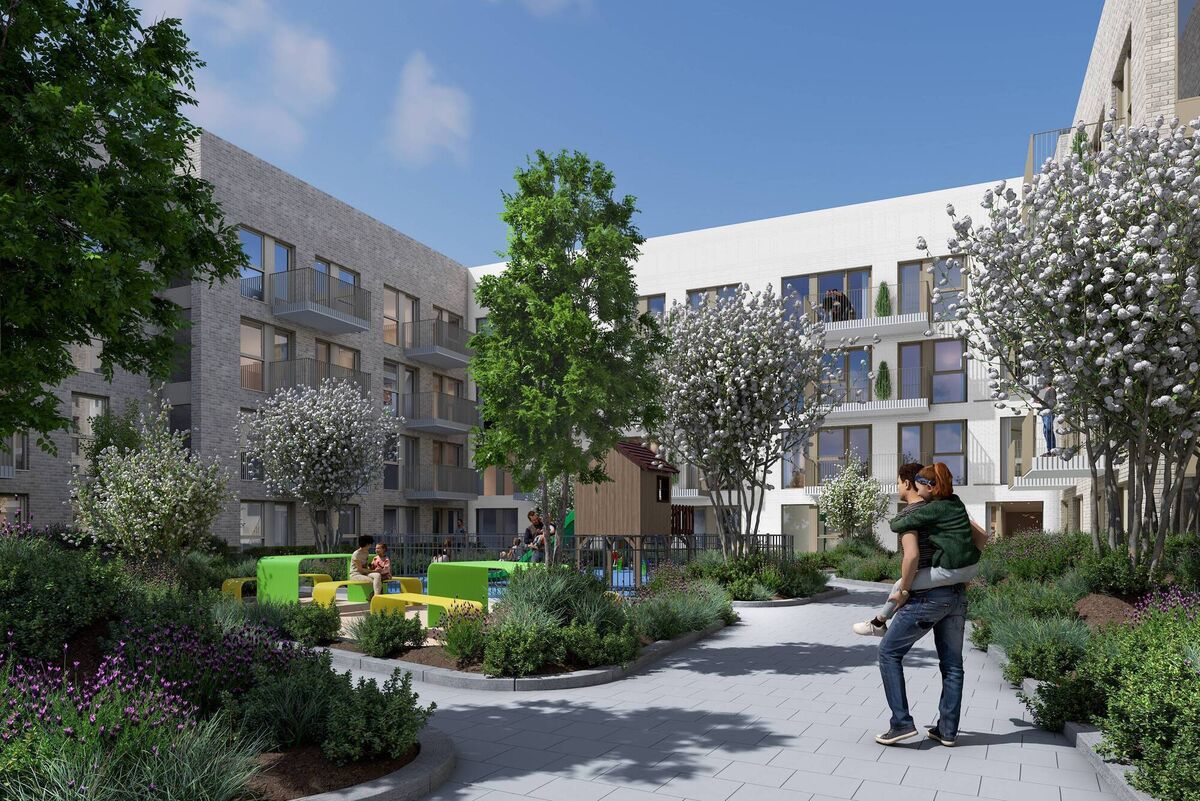
The homes, including apartments and townhouses, will consist of a mix of cost-rental and affordable purchase schemes aimed at assisting renters who cannot afford private rental accommodation, as well as helping prospective homeowners who cannot afford to buy a house on the open market.
Apartments, which will be spread across three large blocks, will dominate the Wilton scheme, accounting for 334 of the 350 homes, of which 180 will be two-bedroom apartments, while 154 will be one-bedroom units.
The remaining 16 homes will be three-bedroom townhouses.
The Agency will shortly submit plans for the development and subject to planning approval, construction could start in late 2026, with the first homes completed in early 2029, the LDA said.
It’s an ambitious development across 2.7 hectares of former ESB lands, with buildings ranging in height from two to seven storeys.
The LDA’s activity in Cork has ramped up significantly in the past 12 months. On the other side of the Lee, it is already building the biggest public housing project in Cork city since the 1980s at the site of the former St Kevin’s psychiatric hospital in Shanakiel, where the construction of 267 homes is well underway.
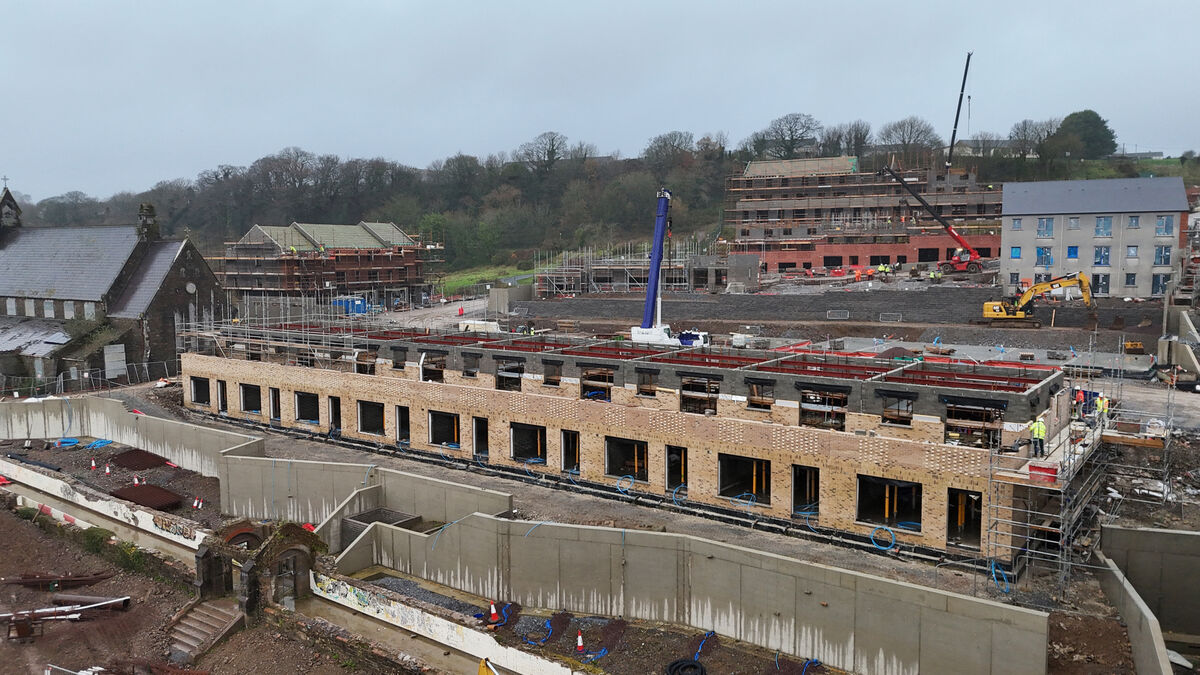
This includes 32 three-bed and 14 four-bed townhouses, as well as 220 apartments/duplexes, which the agency said should be delivered in early 2026.
The LDA, a commercial semi-State body, said St Kevin’s is part of its wider mandate to develop a range of housing options, including affordable sale, cost rental and social housing.
The new neighbourhood will also provide ‘homezones,’ where streets are prioritised to the needs of pedestrians as well as vehicles, on-street parking, tree planting and open spaces that connect throughout the development.
The area will also benefit from a creche and outdoor play area to complement young families moving to the area.
On the southside of Cork City, construction is well underway for the largest private-sector apartment development within the city boundaries in over a decade.
Currently, some 274 owner-occupier apartments at Blackrock Villas are being developed by Glenveagh, comprising a mix of one, two, and three-bed units.
The dwelling will span across two apartment buildings spanning between five and seven storeys in height.
The scheme aims to bridge the current “viability gap” between the cost of building apartments and the market sale price, where the cost of building is greater.
The Blackrock apartments, which are being built on the grounds of the former Ursuline Convent, are the third housing project to be approved under Croí Cónaithe nationally and the second in Cork.
All units are currently available for sale, with the second block launching recently. Practical completions are expected in the second half of 2026.
Close-by, the first apartments at Marina Quarter are due to come on stream early in 2027, as part of an estimated €525m development of more than 1,000 homes.
Work on the former Live at the Marquee site has been ongoing for a year and is at structural erection stage.
Structural erection is now underway and the project remains on track for 337 apartments to be completed over the course of 2027.
The 337 units are being funded by the state-backed Land Development Agency (LDA), as part of a €150m first-phase deal brokered with Glenveagh last month. Under the terms of the transaction, the LDA bought the homes through a “forward funding” mechanism.
In an area that has largely missed out on any major developments in over three decades, the Cork City suburb of Bishopstown is already seeing the first influx of new residents moving into what will be a 275-unit development when finished.
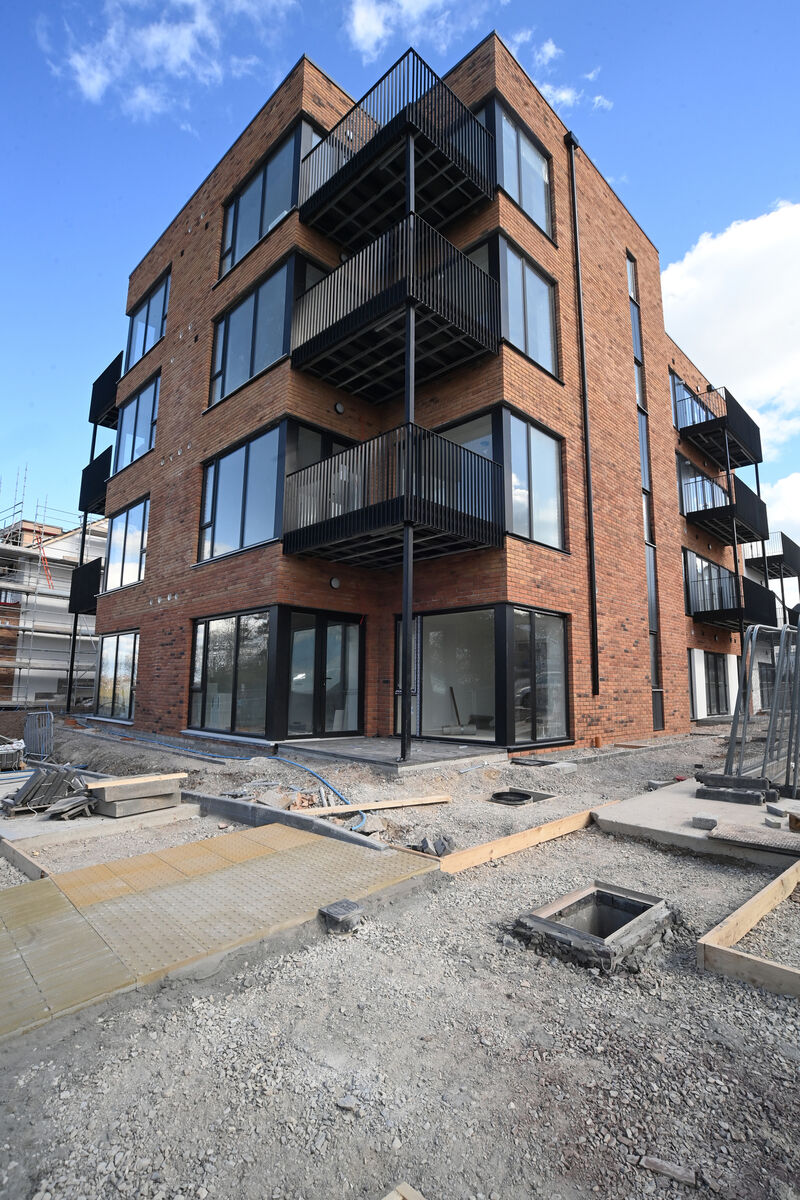
Once fully completed, the development, known simply as “Waterfall,” will include 136 houses, 99 apartments, and 40 duplexes, with a total value of around €124m.
Over 100 homes have been handed to homeowners to date, with a further 100 homes to be handed over by September 2025. The remaining homes will be completed in 2026.
Castletreasure Also on the southside, work is well underway at the 472-unit scheme being built by Cairn Homes on Carrigaline Road at Castletreasure outside Douglas Village.
With the first set of dwellings coming to the market soon, the development is for 234 semi-detached and terraced houses, 160 apartments and 78 duplexes, with 4.4 hectares of parkland and amenity space.
Some 250 homes are expected occupied by year end, meaning there will be over 500 people living in the developments before 2026.
Army and local authority lands in Cork city and beyond, with the capacity for up to 900 affordable homes, have been newly identified by the Land Development Agency (LDA) as having potential for housing delivery.
The Camp Field near Collins Barracks on Old Youghal Rd, as well as land on Farranlea Rd owned by the Cork Education and Training Board (CETB), and Cork County Council land at Kilnaglery in Carrigaline, are the latest parcels to be identified by the LDA in its drive to unlock further sites to add to its delivery pipeline.
A total of 19 new sites nationwide are included in the agency’s just-published second Report on Relevant Public Land, bringing the total identified since 2023 to 102, with the potential for development of more than 70,000 homes.
The 16.3 acres Camp Field, owned by the minister for defence, is the biggest of the three new Cork sites identified and could potentially accommodate up to 450 homes at an LDA-estimated cost of up to €143.25m.
A shorter-term option is the CETB site on Farranlea Rd that has the appropriate residential zoning and could accommodate up to 210 homes at an estimated cost of €61.55m.
The third site added to the LDA list is at Kilnaglery, Carrigaline, which the agency says has the potential for up to 240 homes. Some of the 3ha (7.4a) in question is zoned for residential and is regarded as more likely to yield homes in the short term. The LDA estimates costs of up to €76.85m to develop the land and deliver the homes.
The LDA is also about to seek planning for 140 affordable homes at Anglesea Terrace in a partnership with Cork City Council.
Other Cork sites previously identified by the agency include:
- a Cork City Council depot near Victoria Cross with potential for up to 510 homes
- the Animal Laboratory on Model Farm Rd with potential for up to 200 homes
- Capwell Road Bus Depot which could deliver up to 210 homes
- land adjacent to Gas Networks Ireland on Rockboro Rd (potential for up to 310 homes)
- CIE-owned land on the North Docks currently used for car parking (potential for up to 520 homes)
- CSO HQ in Lough Mahon Technology Park, with capacity for up to 400 homes
- the former Cork Prison and adjoining Collins Barracks Land, which could yield up to 570 homes, and IDA-owned lands in Kilbarry, which could yield up to 2,500 homes.
The LDA has also previously identified Tivoli Industrial Estate as having the potential to deliver more than 6,500 homes.














